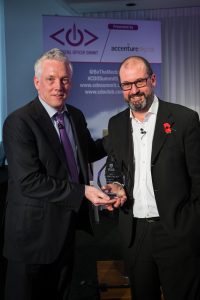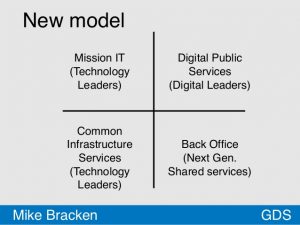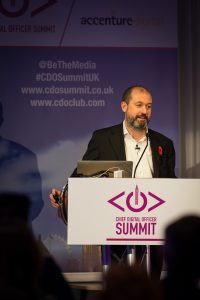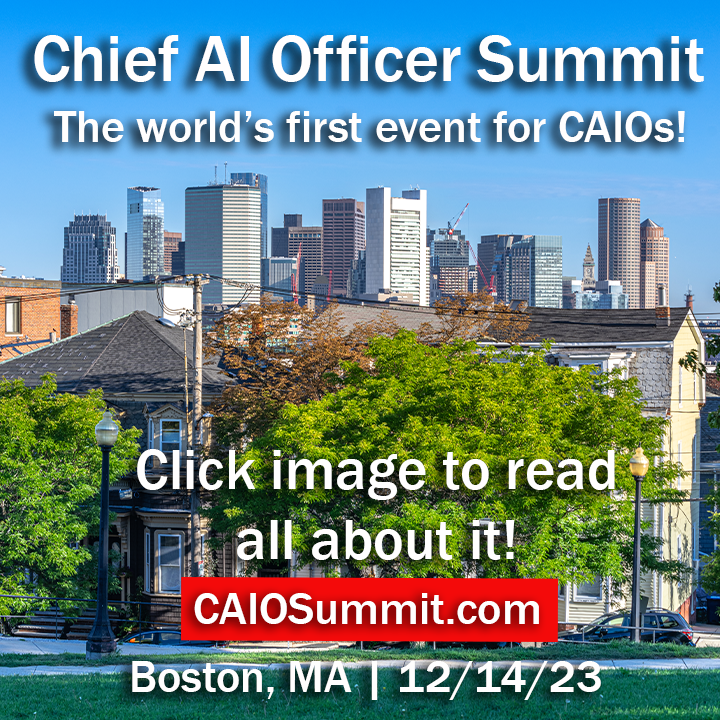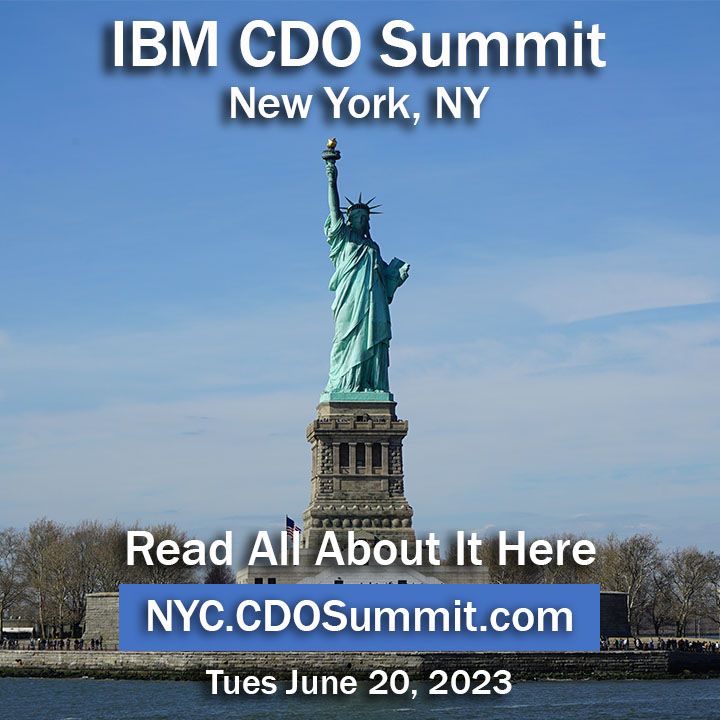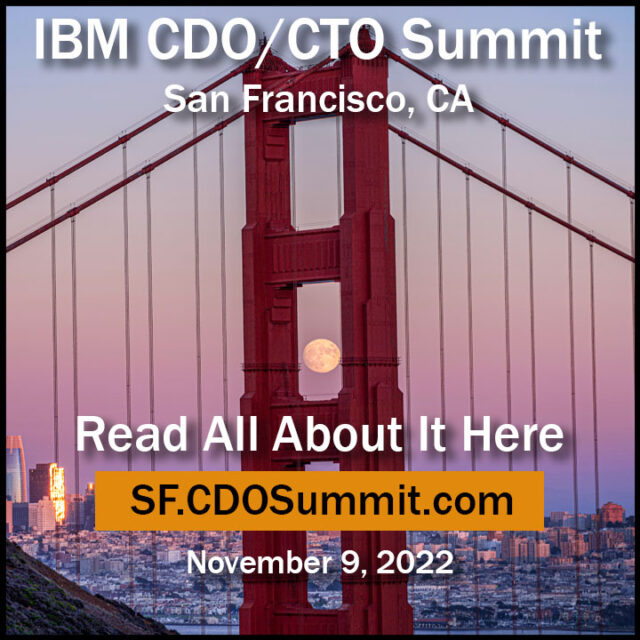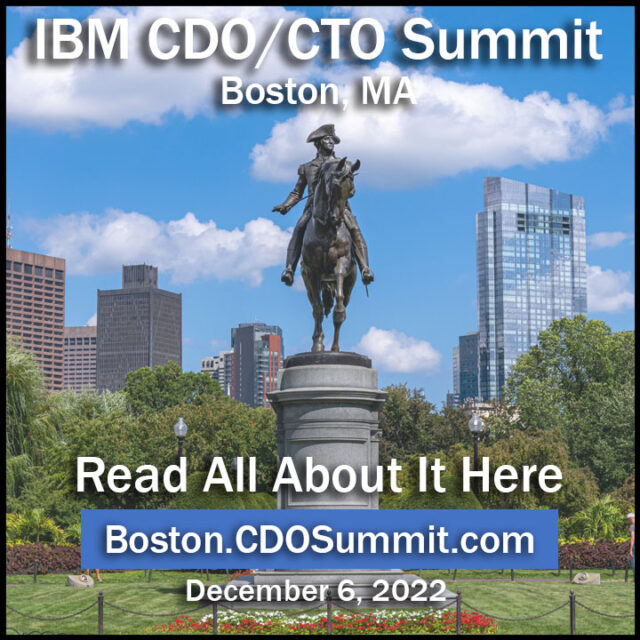“Digital services and public services are actually becoming inseparable,” said Mike Bracken, the first U.K. Chief Digital Officer of the Year, at the inaugural U.K. Chief Digital Officer Summit in London, England, on October 29, 2014, presented by Accenture Digital.
Formerly the Executive Director of Government Digital Service (GDS), Bracken made headlines at the Summit when he announced he was adopting the title of Chief Digital Officer, during his keynote presentation, “Digital by Default: Two Years On.”
“Mike is an inspiration to all digital leaders tasked with transformation, regardless of sector,” said David Mathison, founder of the CDO Club, after presenting Bracken with the first U.K. Chief Digital Officer of the Year Award, in what diginomica called a “thoroughly well-deserved recognition.”
Bracken has been at the center of an all-out effort to digitize government services, thus making them both easier to use and cheaper for the taxpayer.
“We exist to create services so good that people prefer to use them,” Bracken said of GDS. The key to his success? Focusing entirely on user needs. “Unlike previous government regimes, we’ve concentrated zealously, almost evangelically, on users,” Bracken said.
[bctt tweet=”‘We’ve concentrated zealously, almost evangelically on users’ CDO Mike Bracken @gdsteam” via=”no”]
A great example of this is the U.K. government’s new website and Internet portal, gov.uk. Launched in October 2012, gov.uk replaced two central government websites and eliminated thousands of pages no one ever visited.
“We’ve taken the domain that government has staked down from several thousand websites from when I started to less than 300 now,” Bracken said.
Click below to watch the video of Mike Bracken’s keynote at the U.K. Chief Digital Officer Summit 2014.
The first clear advantage is simplicity for the user. For example, when GDS found that most people looking up bank holidays only want to know the date of the next one coming up, they placed that information on the top of the page, rather than simply post a list of dates.
The second advantage goes hand in hand with simplicity: cost savings. Bracken said they “save 60 million pounds a year just by replacing the website contracts we had in the past.”
“Cost per transaction has gone down 10 percent in real terms in two years, digital take-up in government has gone up 9 percent in just over a year,” he boasted.
Computerweekly.com reported that “online public service is 20 times cheaper than a phone transaction, 30 times cheaper than by post and 50 times cheaper than face-to-face.” The government may come to save an estimated 1.7 billion pounds by 2015, it reported.
So how did they do it?
The reorganization took place across the board, including within the government institutions themselves. The organizational structure for the technology governance model was so complex that Bracken admitted he himself did not completely understand it.
“We closed 24 boards out of the 27 on that list,” he said, turning instead to a four-quadrant model:
The key to implementing such a model is dividing responsibility among four CDOs or CTOs (Chief Technical Officers), rather than forcing all these roles onto one CIO (Chief Information Officer).
One CIO “who would deliver everything from network infrastructure…to procurement service is just not going to work,” warned Bracken. “It’s essential to just aggregate the powers.
“We brought in a bunch of chief digital officers and chief technology officers who have separate but related roles. The dynamic between those two individuals in our organizations is probably the most important relationship we have in our large departments,” Bracken said.
Large, complex contracts for multiple services also had to go away.
“When we talk about Big IT, we’re talking about this Old World view where we lumped all that stuff in one big contract, and we expected great digital services at the end,” Bracken said. “We didn’t get the outcomes that we wanted. That’s why we say, ‘No more Big IT.’
“Now we’ve got tools that work…. These shifts in technology provision have left room for CDOs across government to make real progress,” Bracken noted. “Because, crucially, we shouldn’t be bringing people into government who should be focusing on the user” and then having them fix the IT problems.
Other real-world examples of how GDS is helping the public is the Last Power of Attorney application. “At a very difficult time of life, for obvious reasons, the last thing you want to be dealing with is all the forms,” Bracken said. “We took 80 percent of the paper out and made it a digital service.
[bctt tweet=”‘We took 80% of the paper out and made it a digital service’ Mike Bracken @gdsteam via @BeTheMedia” via=”no”]
“You can go online and find out how many points you’ve got on your [driver’s] license,” Bracken said, giving another example. The information can also be shared with insurance companies, which had a quantitative result in real life: “Cost of motoring is actually going lower—that’s a direct result of the digital changes that we’ve brought in.
“Many of us come to government because we can see [that] the effect we have on users can be more profound than at any other company,” Bracken explained. “The transformative impact of technologies and services cannot be ignored anymore. The CDO always has to be the champion of user needs.”
“The CDO always has to be the champion of user needs.”
The next Chief Digital Officer Summit will be held in New York City on April 29, 2015. The Chief Digital Officer Summit U.K. will return to London in October 2015.
– By Andrzej Sienko
— #30# —
NOTE: The CDO Club is now a membership site. You’ll need to register in order to continue enjoying our posts. To register or for more information, click here.
If you are tasked with understanding what digital leaders must do in order to succeed in almost any industry, the best place to learn more is at the Chief Digital Officer Summit.
Take advantage of our Super Early Bird Discount for Amsterdam, London in October 2015, Sydney in February 2016, NYC in April 2016, and Toronto in July 2016. Reserve your place now:
The CDO Summit is the “must-attend” digital event of the year. The 2013 and 2014 CDO Summits received stellar endorsements from dozens of speakers and attendees alike:

“The Chief Digital Officer Summit was engaging as much as it was informative. Bringing these incredible leaders together in one place and for one day speaks to David Mathison’s extensive network, his ability to understand the needs of his clients, and to be ahead of the curve in this important space. It was a great use of my time, and I learned more than I ever thought I would. Great networking as well!”
Sandy Soto
VP Executive Talent AcquisitionHSNi

“The Chief Digital Officer Summit was a very relevant topic for today’s times. I was impressed by the caliber and diversity of the panel speakers, all of whom had something unique and valuable to offer. A great opportunity to learn from the best.”
Amanda Jones-Orengo
DirectorTowers Watson
Director

“Sometimes a conference comes along that hits the trifecta – hot topic, high-caliber attendees, and stellar location. The first Chief Digital Officer Summit reached that mark with ease, and I look forward to attending the next one.”
Eric Hellweg
Managing Director, Digital Strategy/Editorial DirectorHarvard Business Review

“The Chief Digital Officer Summit was outstanding. Why? Candid panels with top players in the digital community. Splendid break-time conversations. And, savvy facilitation, Mathison Style.”
Margaret Molloy
Chief Marketing OfficerVelocidi


